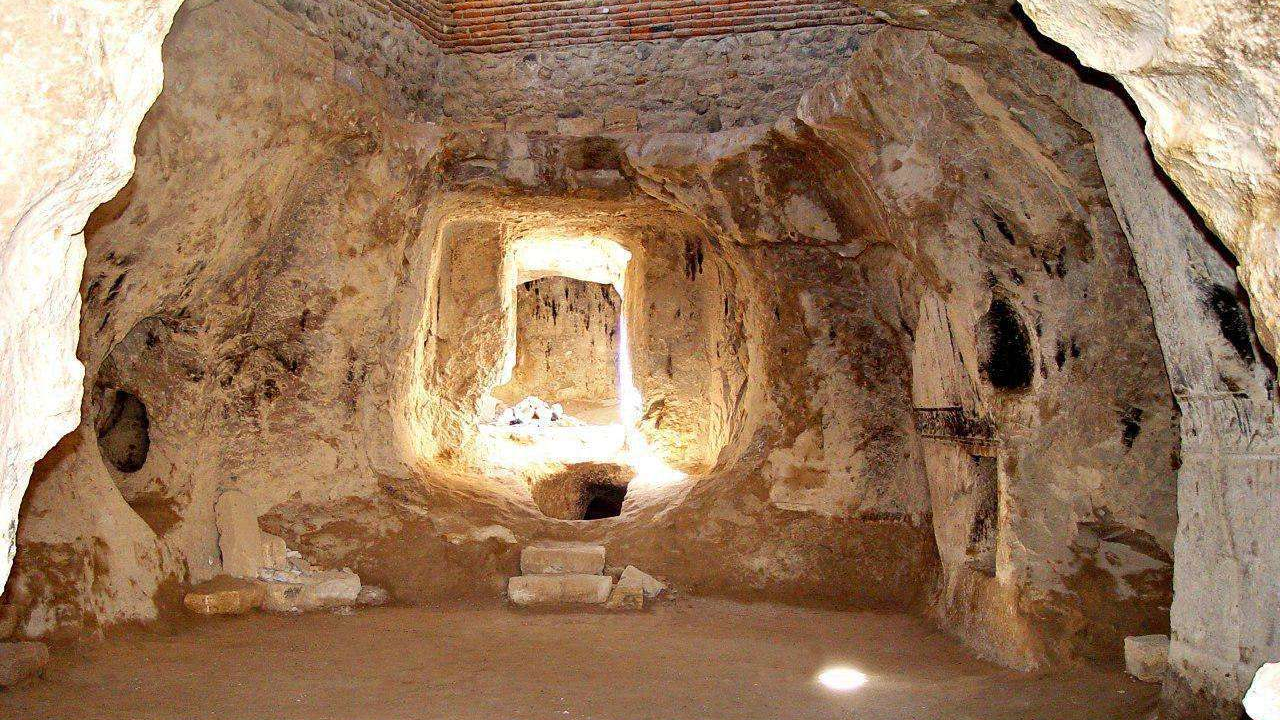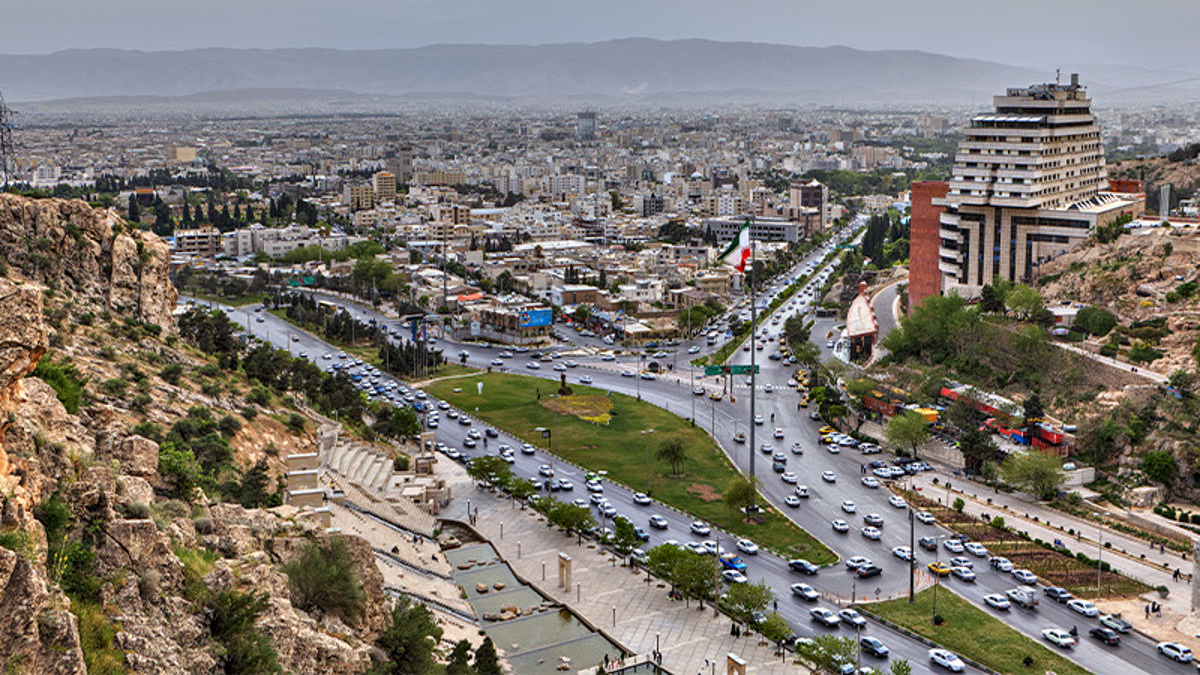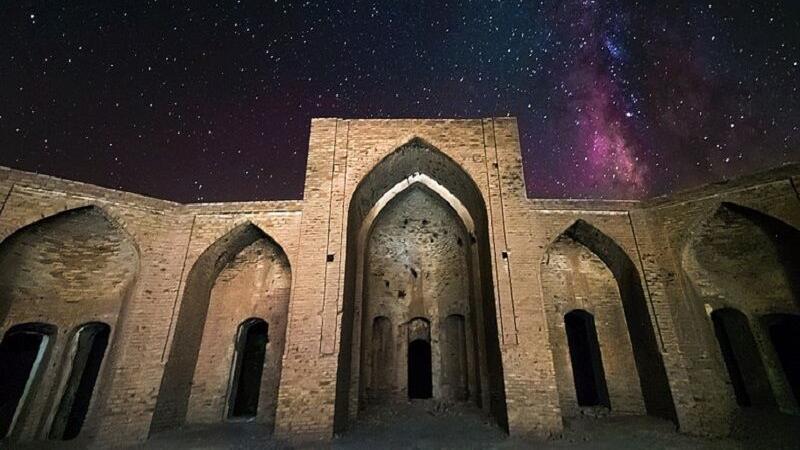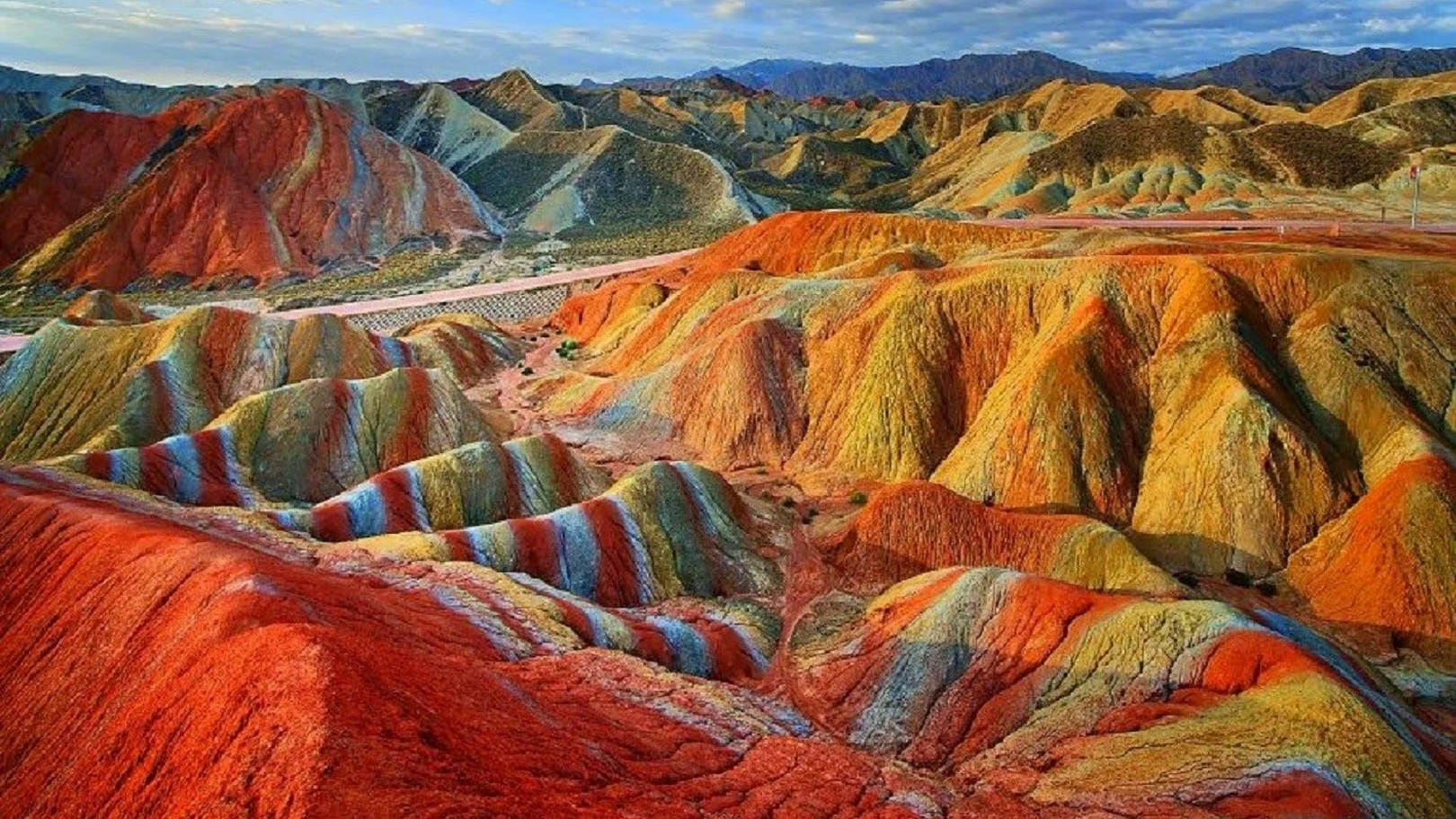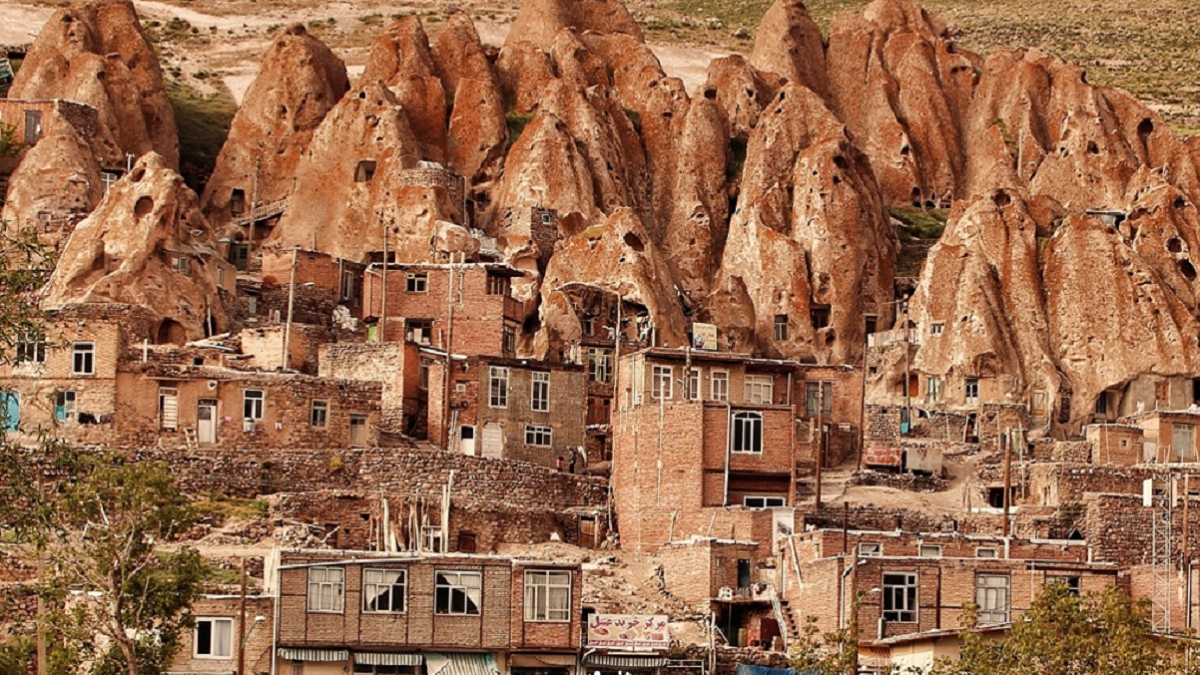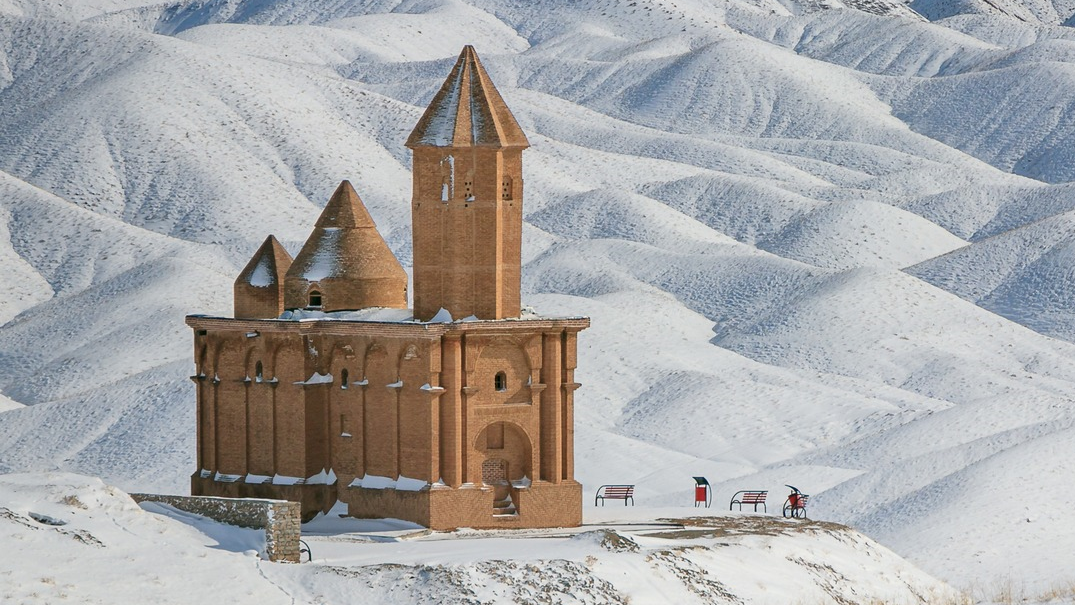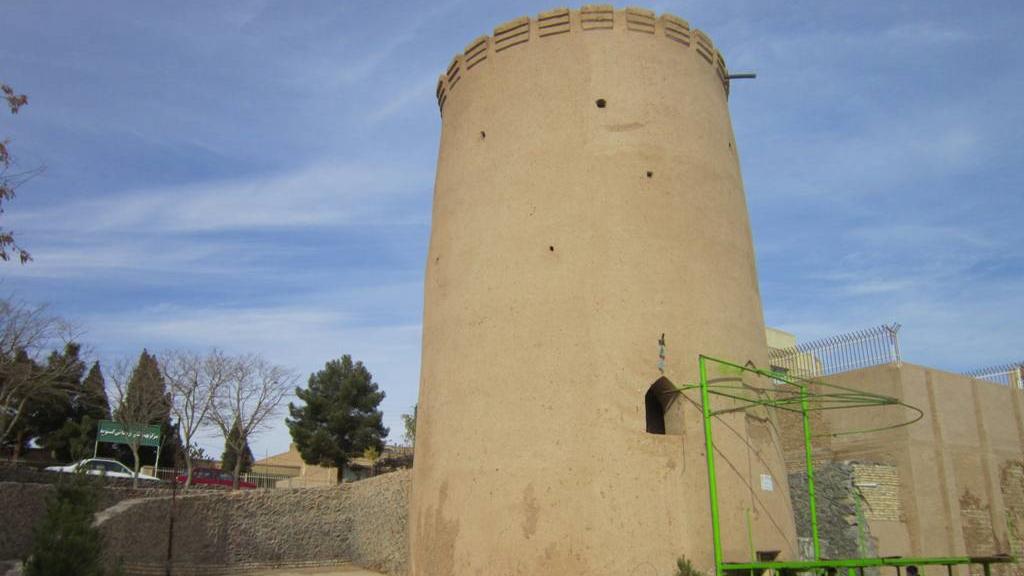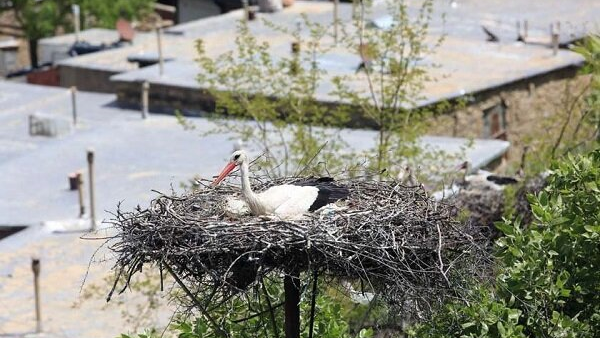
Azar Faranbagh Fire Temple
Larestan County, which was called “Irahestan” in the past, is one of the historical regions of Fars province and was the center of Islamic knowledge and culture. The Azar Faranabgh Fire Temple, some small parts of which are left, reflects the ancient history of this land. This fire temple is located in an area that is called “Tomb-e Tashi” or “Tashi Castle” by the local residents. Being located near a village called “Karian”, it is also called “Karian Fire Temple”.
What Does Azar Faranabgh Mean?
The word “Azar Faranabgh” is composed of two parts “Azar” meaning fire and “Faranbagh” is the short form of “Far Baghani” meaning “Divine Shining”. Another interpretation of the name of this fire temple is “Divine Glory”.
Features of Azar Faranbagh Fire Temple
This fire temple had been built in a trapezoid shape and the main materials used for its construction were bricks and mud. Its front sides are five meters wide and seven meters high and has been built on a platform that is five meters high from the ground.
History of Azar Faranbagh Fire Temple
This fire temple was established during the Sassanid era (224 to 651 AD). In the pre-Islamic era, Azar Faranbagh, along with Azar Gashsp and Azar Barzin Mehr, were the three famous fire temples of Iran. Azar Faranbagh was the fire temple of Mobads (high-ranking Zoroastrian priests) where Zoroastrian priests were trained. It also housed a sacred fire, which no one except kings and priests was allowed to see.
Sasan, Ardeshir Papakan’s great-grandfather, was the manager of this fire temple at one point and this inspired Ardeshir Papakan to name his dynasty the “Sasanian”. In a discovered inscription, which is in the Pahlavi language, the cost of building this fire temple is mentioned as 30 thousand dinars. Ardeshir Papakan paid a lot of attention to this fire temple and by his order, a lake was created in front of it.
The existing evidence shows that during the Sassanid era, Azar Faranabgh Fire Temple and its surrounding area were governed by “Ram Karian”, which was a tribe that lived in Pasargad during the Achaemenid era (550 to 330 BC). Having helped Ardeshir Papakan establish the Sasanian dynasty, this tribe was highly honored by him. The Baseri Tribe, which is considered one of the noble tribes of Fars, traces its lineage back to Ram Karian.
Azar Faranabgh Fire Temple in the Post-Islamic Era
Even though experts believe that many fire temples were standing until the 10th century AH, only a few of these fire temples remain today and the rest have completely disappeared.
It is said that on the night of the birth of the Prophet of Islam, certain extraordinary events took place in the world, one of which was the sudden extinguishment of the fire in this temple. It is said that after Muslims entered Iran, a part of the fire of this temple was taken to the northern fire temple of Fasa, and the other part was taken to Beyza city and from there to Neyriz and then to India. The fire that burns today in the fire temple of Yazd, which is 1500 years old, was taken from this fire temple. This fire was lit for 700 years in the city of Aqda and was then taken to Ardakan in 1174 AD and eventually to Yazd in 1474.
Even in the post-Islam period, the Azar Faranabgh fire temple was respected by Iranians such that Fakhruddin As’ad Gurgani, a famous Iranian poet who lived in the early 11th century, has mentioned this fire temple in the story of Weiss and Ramin.
Historical Sites around the Azar Faranbagh Fire Temple
The local people call the valley around the fire temple “Kafaran (Disbelievers) Valley”. The remains of a castle can be seen in the east of Karian Village, which dates back to the Sassanid era. This castle was built in the heart of the mountain and had been very resistant to attacks. Muslim historians and geographers have mentioned this castle in their works and praised its strength.
Azar Faranbagh Fire Temple was inscribed on the list of Iran’s national heritage in the year 2000.
The word “Azar Faranabgh” is composed of two parts “Azar” meaning fire and “Faranbagh” is the short form of “Far Baghani” meaning “Divine Shining”.
| Name | Azar Faranbagh Fire Temple |
| Country | Iran |
| State | Fars |
| City | Lar |
| Type | Historical |
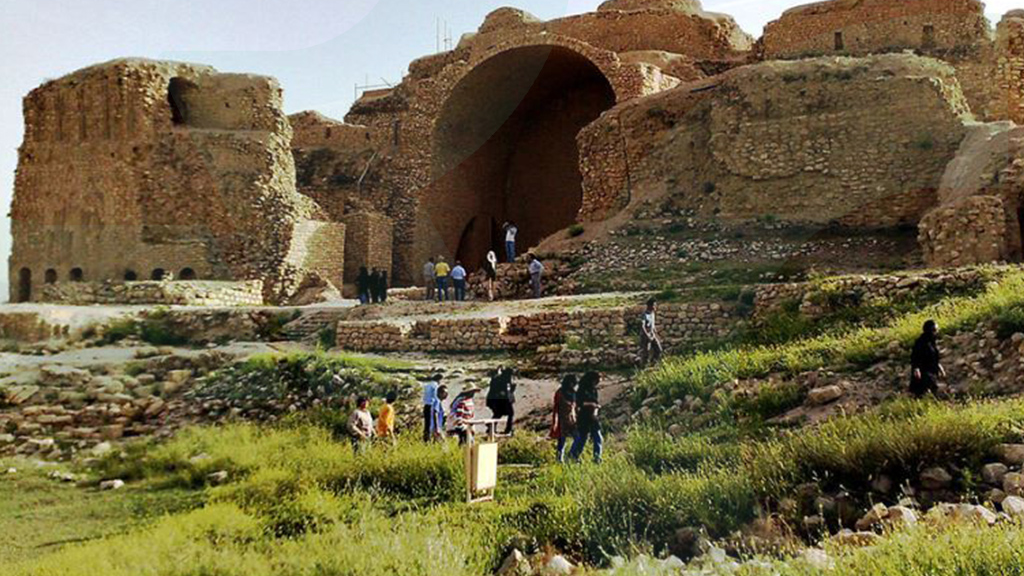





Choose blindless
Red blindless Green blindless Blue blindless Red hard to see Green hard to see Blue hard to see Monochrome Special MonochromeFont size change:
Change word spacing:
Change line height:
Change mouse type:
